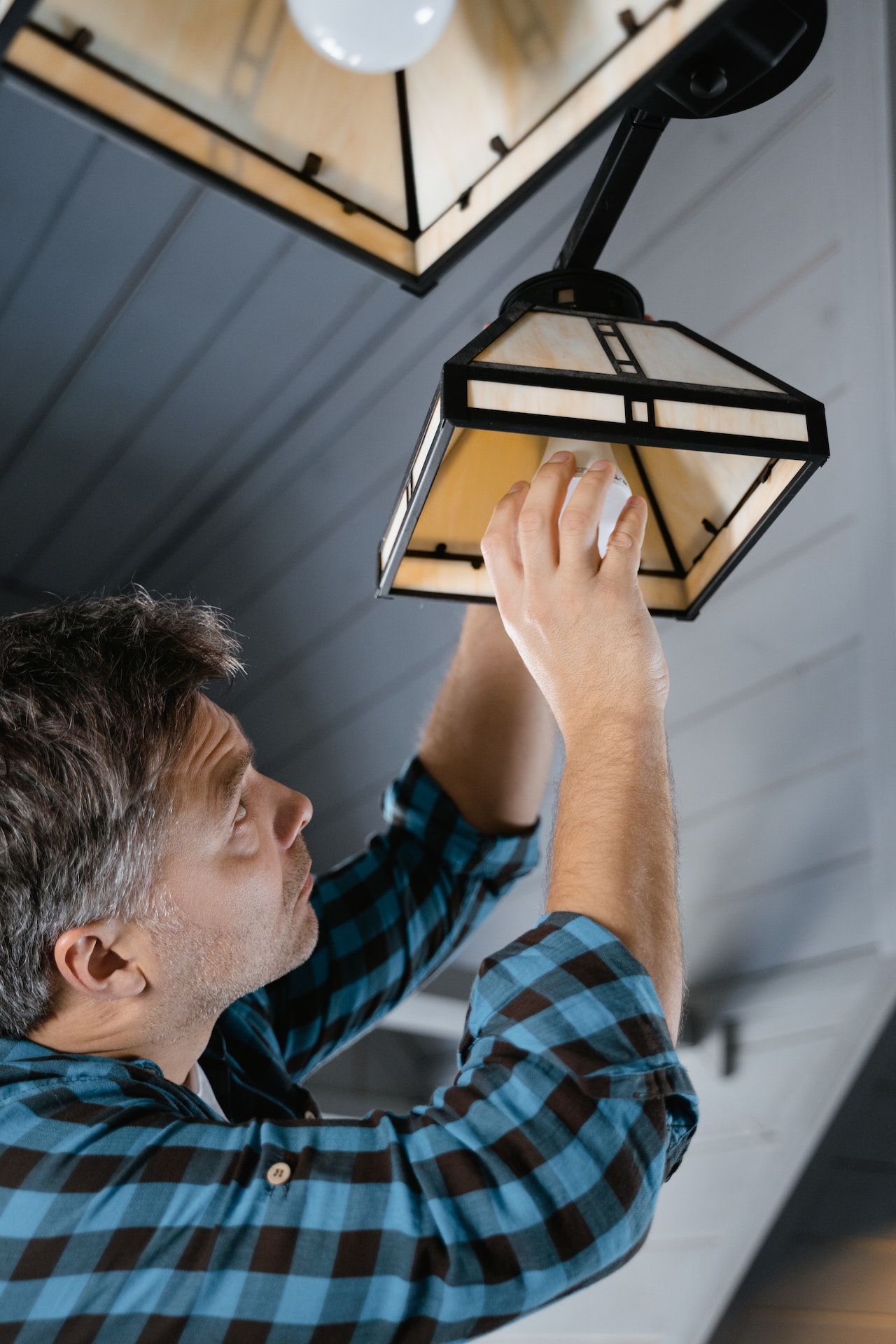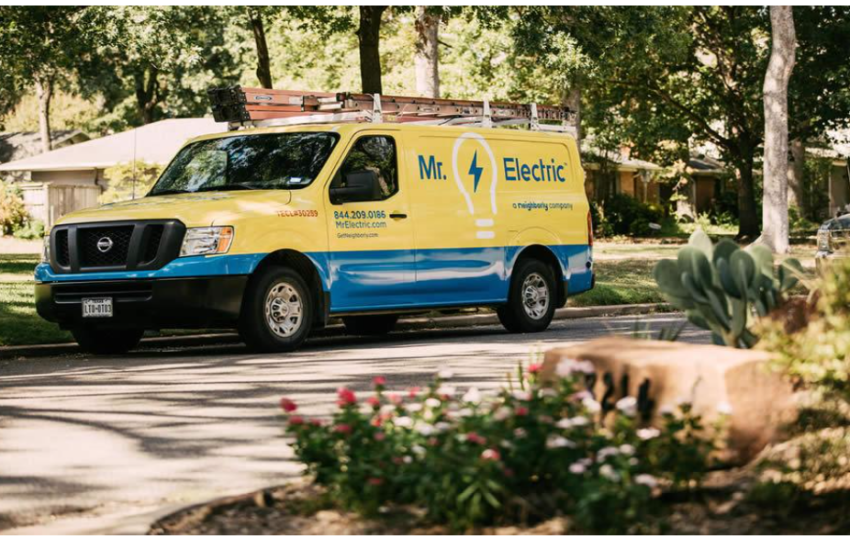10 Energy-Saving Home Upgrades And Their Costs
Energy bills are at an all time high. As a result, more of us are making a conscious effort to reduce our household energy consumption. On top of changing our habits when it comes to using gas and electricity, there are a number of home improvements that could be worth investing in. Below are 10 energy-saving home upgrades to consider and what they cost to implement.
Switch to LED bulbs
If your home still runs on incandescent bulbs, it could be worth switching to LED bulbs. These bulbs use up less energy while providing the same amount of light. They also last longer than traditional bulbs.
You can buy LED bulbs for about $1.50 each. While incandescent bulbs are generally cheaper (about $1 each), the savings you make in the long run make LEDs more economical. In a single year, a single incandescent bulb might cost you an average of $2.81 in energy consumption, whereas an incandescent bulb could add as much as $8.89 to your energy bill. When you consider all the bulbs in your house, LEDs can clearly bring you big savings.
Installing a smart thermostat
More homes are starting to using smart thermostats to measure and control their energy consumption. Smart thermostats not only allow you to track your energy usage from any device, but also allow you to control it remotely. Modern thermostats also offer options such as timers or the ability to program your thermostat to only come on during certain conditions (such as certain temperatures). By having more control over when you use your energy, you could find that you are able to reduce your energy usage.
Smart thermostats can cost between $200 and $500 to install. Some modern systems may already have these integrated. On average, customers save about 10 to 15% on their energy bills by using a smart thermostat.
Draft-proofing windows and doors
You can also save money on your energy bills by keeping out cold drafts in the winter. If your doors or windows have slight gaps around them, it could be letting in cold air, as well as letting hot air out. Draft-proofing measures can be a cheap and effective way to keep your home warmer longer so that you don’t have to crank up the heating as often.
Soft cushions called draft excluders can be bought for $10 or less – these can be placed under doors where drafts come in. Another option is to add seals called weatherstrips to door frames and window frames to stop drafts entering around doors and windows – these can cost under $10 too. For large gaps under doors, it’s also possible to install storm guards to keep out drafts, water and pests. These cost about $20 each.
Insulating your attic
A quarter of the heat in your home is likely to be lost through an uninsulated roof. This is because heat naturally rises. Insulating your attic can reduce the amount of heat lost through the roof, so that your home remains warmer longer. It’s a worthy investment that can save about $200 per year.
Just how do you insulate an attic? There are a multitude of different methods. First, you need to choose between warm loft insulation and cold loft insulation – the former involves insulating the roof of your attic so that your attic remains warm, while the latter involves insulating the floor of your attic so that your attic remains cold. Warm loft insulation is better if you want to use your attic as living space. It typically costs between $1.50 and $3.50 per square foot to insulate an attic. Loose-fill insulation is the cheapest option with the average attic insulation project costing $1,796. Batt insulation costs more (about $2,091 on average), while spray foam insulation is the most expensive option (about $2,208 on average).
Replacing old appliances
You may think that you’re saving money by extending the life of ageing appliances, however it could actually be costing you more in the long run. Over the last 20 years, appliances have come a long way in terms of energy-efficiency. Many old appliances are a lot less energy-efficient than newer appliances, resulting in increased energy bills. Replacing these appliances with newer ones could help you to save money.
Which appliances use the most energy? In most cases, fridge-freezers, ovens, dishwashers and TVs. If any of these appliances are over 15 years old, they could be worth replacing. Most people spend between $320 and $4,030 on new appliances. Switching to all new appliances could save you from $300 to $500 on your energy bills.
Installing double pane windows
A lot of heat is lost through your windows. In fact, up to 18% of heat in your home disappears through your window panes. Many homes still have single pane windows. Installing double pane windows could slow down heat loss through your windows by as much as half, keeping rooms warmer longer and reducing your need to use as much energy. These windows are also a lot more secure against extreme weather and break-ins.
You should expect to pay between $280 and $1,500 per window for double pane glass. The cost depends a lot on the size of the window and how easy it is to access. It’s best to prioritize windows in rooms that you spend the most time in such as the living room or bedroom. Of course, if you can afford to replace all windows in your home, it’s generally worth doing this to maintain a uniform look and boost your home’s value.
Upgrading your window frames
It’s not just the panes of your windows that can let out heat, but also potentially the frames. Some materials are better insulators than others. Choosing the right frames could help you to conserve energy, and save money on your energy bills.
Aluminium windows are the worst insulator – they are worth replacing in homes located in cooler climates. Timber is a better insulator, but can be expensive to install. For an energy-efficient solution that is also cost-effective, your best option is typically vinyl windows. Expect to pay between $400 and $600 for a double pane vinyl window. Larger windows will cost more than smaller windows. The style you choose can also have an impact too.
Insulating your walls
Heat can also be lost through the walls of your home. In fact, about 35% of heat in a home is lost through uninsulated walls. If your walls aren’t insulated, consider whether paying for insulation could be a good investment.
There are several methods of wall insulation. These fall largely into two categories: cavity wall insulation and solid wall insulation. Cavity wall insulation applies to walls that have a cavity in the center and typically involves spraying blown mineral fiber into the cavity. Solid wall insulation is suited to walls that don’t have a cavity and includes methods like adding insulation boards, dry lining or installing insulated plaster. Insulating your walls is likely to cost between $1 and $4 per square foot, with solid wall insulation often costing more than cavity wall insulation. It’s worth insulating all the walls in your home at once, however if you can’t afford this you should prioritize the walls in rooms that you use more regularly.
Retrofitting old HVAC
If you have an old HVAC system in your home, it’s possible that this could be guzzling a lot of energy. Retrofitting is a process that involves upgrading your current HVAC system so that it is more efficient. On top of improving heating and cooling effectiveness, retrofitting can reduce energy consumption.
Retrofitting a HVAC system is not a cheap job. Most customers spend around $5,000 to $10,000 to replace their old HVAC system. While this is a lot of money to spend, you’ll eventually make a return in energy savings. You could also find that the air quality is better and that heating and cooling is more rapid.
Installing solar panels
Solar panels don’t reduce your energy usage, however they can reduce your demand on mains electricity. Instead, you can harvest energy for free from the sun. With enough solar panels, you can go off-grid and never have to pay an energy bill again. It’s a great investment and it’s more eco-friendly – instead of using energy from power stations that may burn fossil fuels, you can harvest clean energy from the sun.
For a solar panel system that can power your entire home, expect to pay between $15,000 and $25,000. This is a lot of money, but you should consider the fact that you’ll never have to pay an energy bill again. With energy bills expected to keep rising, you could find that you make a return in only a few years. Installing solar panels will also add value to your home, so if you decide to sell before you make back your money in energy usage, you could still make a profit out of your home’s appreciated value.



As for applainces, also consider updating your air conditioner. Most likely, this is something you’re gonna use daily this summer.
When upgrading your HVAC system, look into appliances with a high SEER rating — these ones are more energy-efficient. But please remember to check the new HVAC regulations for 2023. These changes are legally effective from January 1 this year.
Thanks for mentioning such a thing as insulation. Proper home insulation works wonders.
By the way! If you get your hot water from a hot water storage tank, you also need to insulate it for winter. Insulation with an R-value of at least 24 is preferable. This could reduce heat loss by up to 45% and save you around 10% in water heating costs. And the good news: you can find pre-cut water tank insulation jackets for around $20.
As for solar panel installation, I want to add that now homeowners and businesses have access to solar Incentives such as solar tax credits that significantly reduce installation expenses.
I know that the upfront cost of installing solar panels is one of the biggest barriers for many people, and this information can make them change their minds.